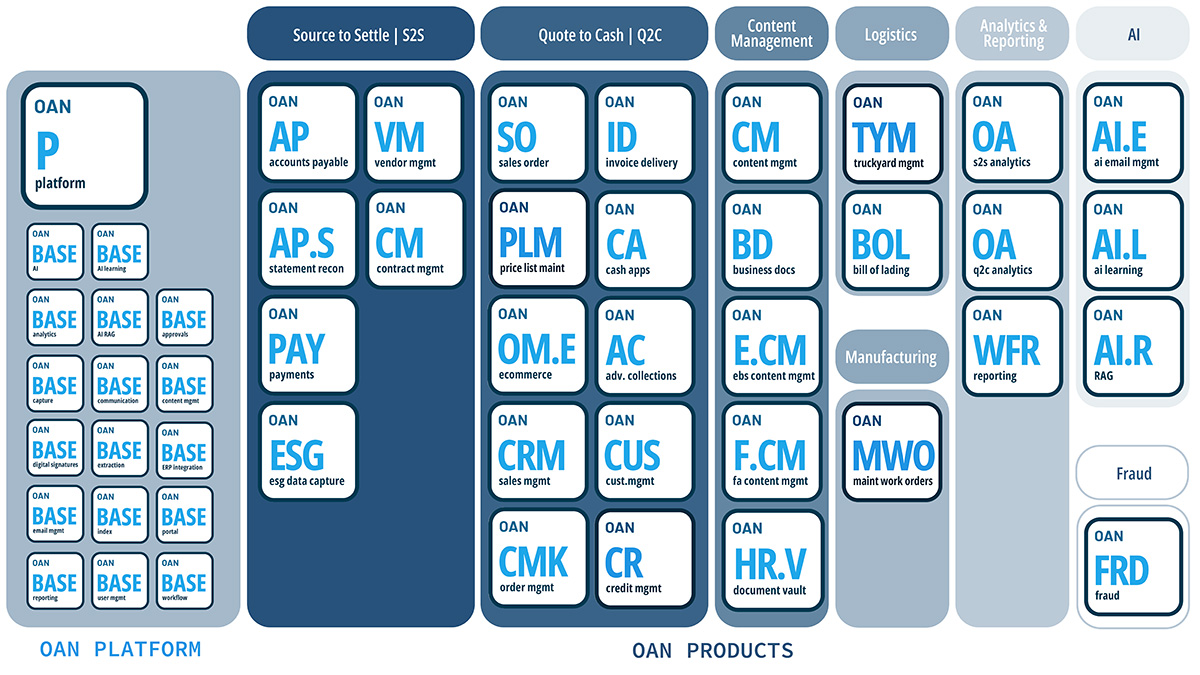Embarking on an ESG initiative starts with understanding what Environmental, Social, and Governance (ESG) really means.
These three pillars are crucial for assessing a company’s economic performance, social responsibility, and environmental impact.
For instance, the environmental aspect focuses on a company’s practices related to energy use, resource conservation, and pollution reduction.
The social element examines how the company manages relationships with employees, suppliers, customers, and several communities where it operates. Governance, meanwhile, deals with leadership, corporate structure, and shareholder rights.
Grasping these facets helps businesses align their operational and strategic decisions with sustainable practices.
It’s about committing to operate responsibly in ways that extend beyond traditional financial metrics, setting the stage for long-term sustainability and ethical integrity in the business world.
First Steps in ESG Implementation
The initial step towards ESG integration is gaining full commitment from senior leadership. This top-down approach ensures that ESG values are embedded into the corporate culture and business strategy. Leadership must champion ESG initiatives, demonstrating a clear commitment to sustainability goals. This leadership endorsement should be communicated throughout the organization to garner wide support.
Following leadership buy-in, the next step is assessing current operations against ESG criteria. This involves identifying the most significant environmental, social, and governance risks and opportunities. Companies should perform a materiality assessment to determine which ESG aspects are most relevant to their business and stakeholders. This helps prioritize efforts and allocate resources effectively, creating a solid foundation for detailed ESG strategy development.
Setting Up a Solid ESG Framework
To establish a robust ESG framework, companies must develop and enforce policies that reflect their commitment to sustainability. These policies should cover all key ESG areas and be integrated into the company’s core operations. For example, environmental policies might include commitments to reduce emissions, increase energy efficiency, or improve waste management. Social policies could focus on improving labor practices, enhancing worker safety, and promoting community engagement.
Once policies are in place, setting measurable and achievable goals is crucial. These goals should be specific, such as reducing greenhouse gas emissions by a specific percentage over a set period or achieving a specific rating on workplace diversity and inclusion. Regular tracking and reporting on these goals help maintain accountability and drive continuous improvement.
Best Practices for Effective ESG Reporting
Effective ESG reporting is all about transparency and accuracy. Companies should strive to provide stakeholders with clear, comprehensive, and reliable information about their ESG activities. This means not only reporting on successes but also being honest about areas where the company falls short. Effective reporting should include quantitative data, such as emission levels or energy consumption, and qualitative information, like governance practices or community impact stories.
Regular updates are important to keep stakeholders well informed of progress and challenges. These reports should be published at regular intervals—annually at a minimum—and be readily available to all stakeholders. Standard reporting frameworks such as the Global Reporting Initiative (GRI) or the Sustainability Accounting Standards Board (SASB) can help ensure consistency and comparability of ESG data.
Engaging Stakeholders
Engaging with stakeholders is critical for successful ESG implementation. This involves more than just reporting—creating a two-way dialogue. Companies should actively seek input from various investors, employees, customers as well as community members to understand their concerns and expectations regarding ESG issues. This engagement can be facilitated through surveys, focus groups, public meetings, or social media platforms.
Incorporating stakeholder feedback into ESG strategies enhances their relevance and effectiveness, builds trust, and strengthens relationships with key groups. This collaborative approach helps ensure the company’s ESG initiatives are well-supported and aligned with broader societal goals.
Utilizing Technology and Data
Leveraging modern technology and data analytics is essential for managing and advancing ESG initiatives. Technology can facilitate the collection, analysis, and reporting of ESG data, making it easier to track progress against goals and actively identify areas for improvement. For instance, advanced data analytics can help companies better understand their energy consumption patterns and identify opportunities to increase efficiency.
Furthermore, technology can enhance communication about ESG efforts. Digital platforms can share ESG reports, update stakeholders on new initiatives, and engage with the community. These tools make it possible to reach a broader audience and ensure that ESG information is accessible and engaging.
Ongoing Education and Training
Continuous education and training on ESG principles and practices are vital for embedding sustainability into a company’s DNA. This includes not only training new employees but also regularly updating existing staff on the latest ESG trends, regulations, and best practices. Educating suppliers and partners can also be beneficial, as it helps ensure the company’s supply chain adheres to similar sustainability standards.
Training programs might include workshops, webinars, or e-learning courses covering topics from ethical business practices to environmental management systems. These educational initiatives help maintain a knowledgeable workforce that effectively contributes to the company’s ESG objectives.
Monitoring and Revising Strategies
Ongoing monitoring and evaluation of ESG strategies are crucial to ensure they remain effective and responsive to changing conditions. Companies should regularly review their ESG performance, using both internal audits and external assessments. This helps identify successes, uncover areas of non-compliance, and detect emerging risks.
Based on these evaluations, companies may need to revise their ESG strategies. This could involve setting new goals, adjusting policies, or implementing new practices. Continuous improvement is key to keeping pace with evolving environmental and social expectations and maintaining a leadership position in sustainability.
Conclusion: Building a Sustainable Future
Implementing effective ESG practices is crucial for companies aiming to thrive in today’s business environment. Starting with a solid understanding and taking deliberate steps toward comprehensive ESG strategies can lead to significant benefits, including enhanced corporate reputation, improved stakeholder relationships, and increased financial performance.
As the inherent demand for transparency and sustainability grows, companies that excel in ESG reporting and implementation will distinguish themselves as leaders, ready to face the challenges of a rapidly changing world.

